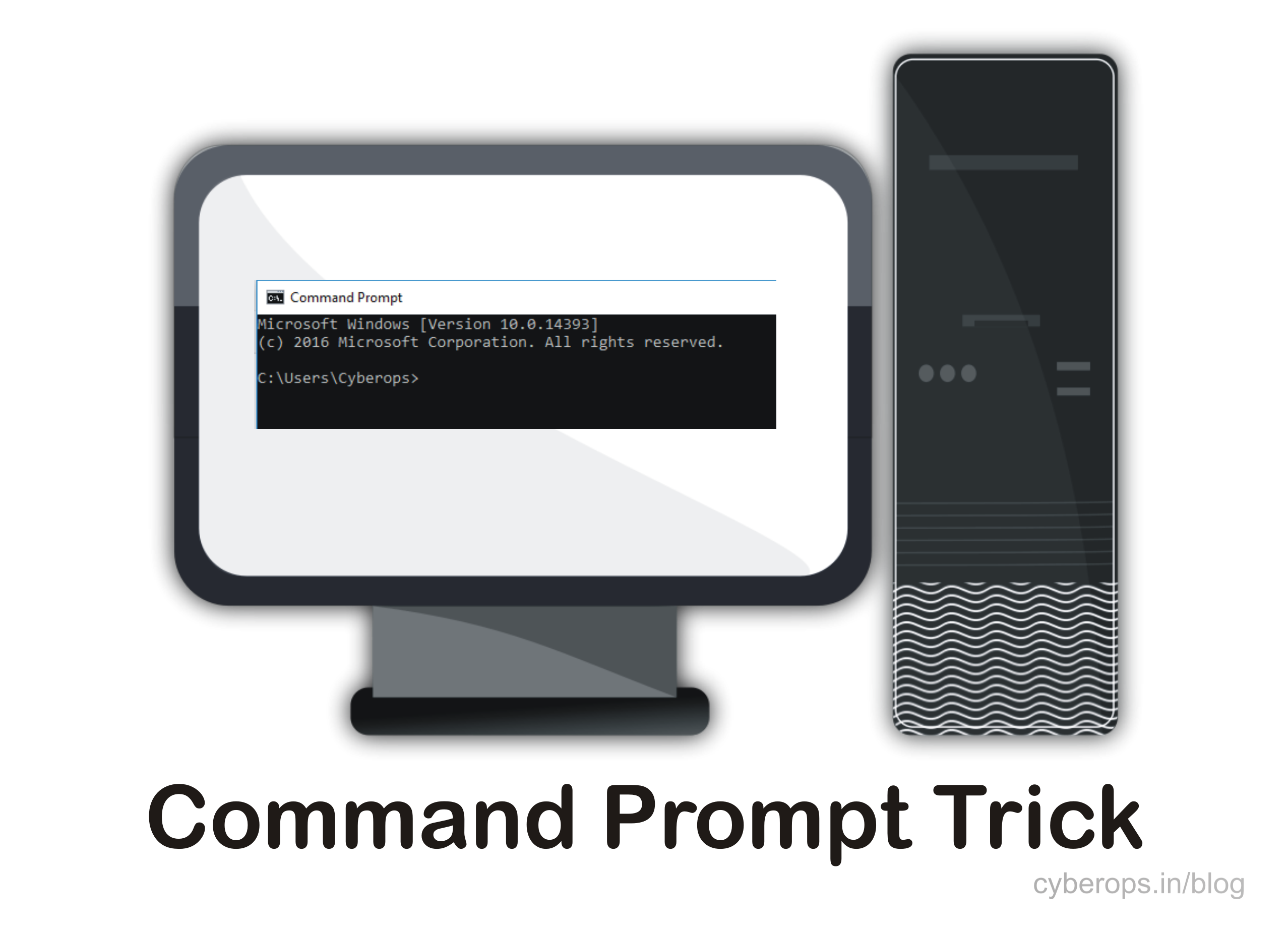How to Open an Explorer Window from the Command Prompt’s Current Directory?
By Prempal Singh

There are all kinds of ways to open a Command Prompt window from File Explorer—and you can even run commands right in the File Explorer address bar—but did you know it’s just as easy to open a File Explorer window from the Command Prompt?
We are in the Command Prompt, working with files and folders, and we want to access them in Explorer. Instead of navigating to them manually, we can get there with one simple command. Go ahead and open up a Command Prompt window by hitting start button and press “Command Prompt” from the Power Users menu.

We’re going to be working with the command start, so let’s begin with a simple command to open a File Explorer window for the current folder in Command Prompt. At the prompt, just type [start .].

The period is used in the Command Prompt as a shorthand for the current folder, so this will open the current folder in File Explorer.

We can also use a double period to open the parent of the current folder. For open the folder type [start ..].

And with one command, it will open the folder in File Explorer.

We can also build off that double period shorthand is adding a relative path to the end. Let’s continue our example by assuming there was also a folder named “Public” the folder.
Then type [start ..\public].

Of course, we can also type the full path to open any folder on your PC:
Type[start c:\windows\system32].

we can also use the command along with any of the built-in Windows environmental variables or the newer shell: operator styles. So, for example, we could type the following command to open the current user’s AppData folder:
Type [start %APPDATA%].

Or a command like this to open the Windows startup folder:
Type [ start shell : startup]

So, if we are typing along at the Command Prompt and want to switch to using File Explorer for some tasks, just remember the humble start command. It’s also great for impressing our fewer sharpness friends. Of course, the command start is also used for running programs and there are a number of additional switches available for that function. If we are curious about those, just type at start /? the Command Prompt to get a full list of switches and how we are used.

